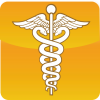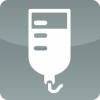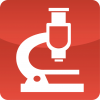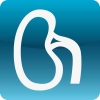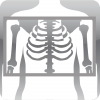User-focused workflows for each clinical specialty that interface with the health information systems via arccClinical™


User-focused workflows for each clinical specialty that interface with the health information systems via arccClinical™
workflows are the key to Enterprise Imaging success
Enable all image-generating specialties to be part of your enterprise imaging strategy with Apollo arcc®. By supporting both orders- and encounters-based workflows, arcc®. is helping healthcare organizations to manage their unstructured data. arcc®. is a solution for all clinical departments that need to capture images, apply structure to those images, securely store them, and ensure all images – structured and unstructured – are easily available to all clinicians anytime, anywhere.

Orders-Based Workflows
Orders-based imaging acknowledges a more traditional approach:
- An order is placed in the source information system requesting an imaging service to be performed, often by a different department or in a different physical location.
- An imaging department such as radiology receives and fulfills the requested order to answer the clinical question. In clinical reality, specialties such as obstetrics and cardiology employ this workflow commonly, though the imaging request may come from their own providers or from other specialties, and the imaging is often performed locally to the department. In these cases, the order placed is less intended to convey a diagnostic question and more to support downstream image storage and resulting workflows.

Encounters-Based Workflows
Apollo defines encounters-based imaging as being performed during a clinic visit or procedure when image content acquisition is not considered the purpose of the visit.
- There is usually no indication preceding the visit that imaging will be performed, and imaging is at the sole discretion of the provider, as with Point of Care Ultrasound images.
- Often, encounters-based imaging compliments other clinical documentation, including progress notes, associated to the visit or procedure and may be referenced during follow up, surgery, or additional diagnostic exams.
- The value of an encounter-based workflow in a health system is the ability to connect appropriate metadata with the images that are acquired at the point of care.
Key benefits of the encounters-based workflow:
- Technical workflow compliments clinical workflow
- Reduced total exam time
- Minimized data entry errors
- Improved compliance for documentation
- Increased charge capture for both professional and technical fees
- Provide higher transparency of care
- No dedicated QC person / process
- Encounters-based workflow does not interrupt the clinical care process because images are acquired at the point of care during the visit
Apollo supports 45 specialty-specific workflows
with one enterprise imaging platform
